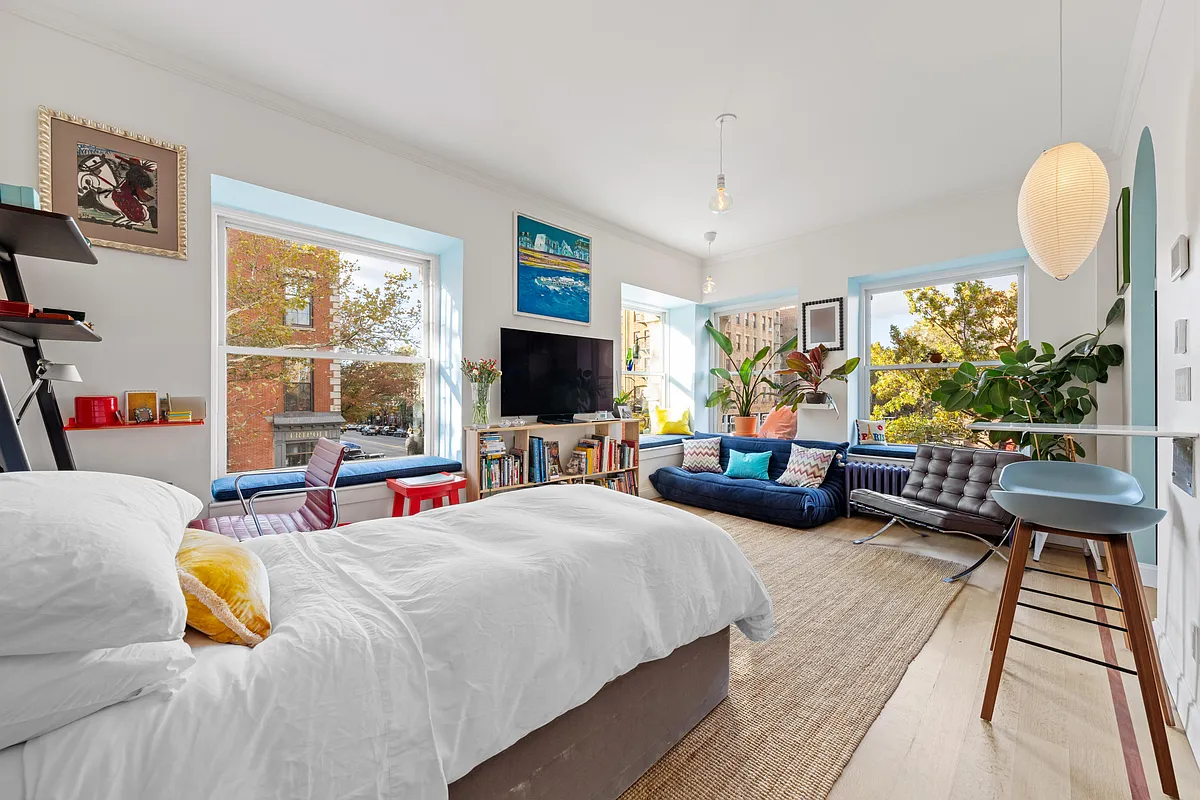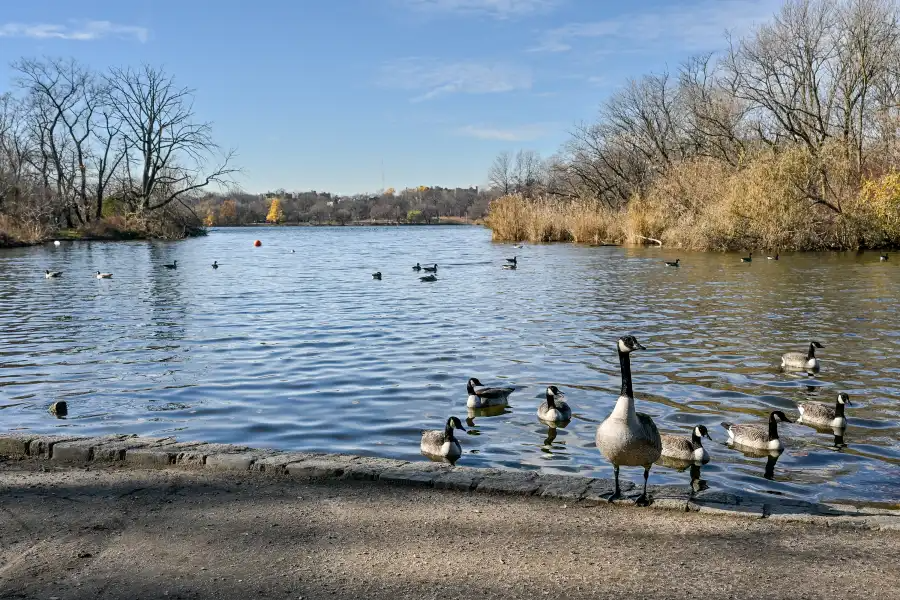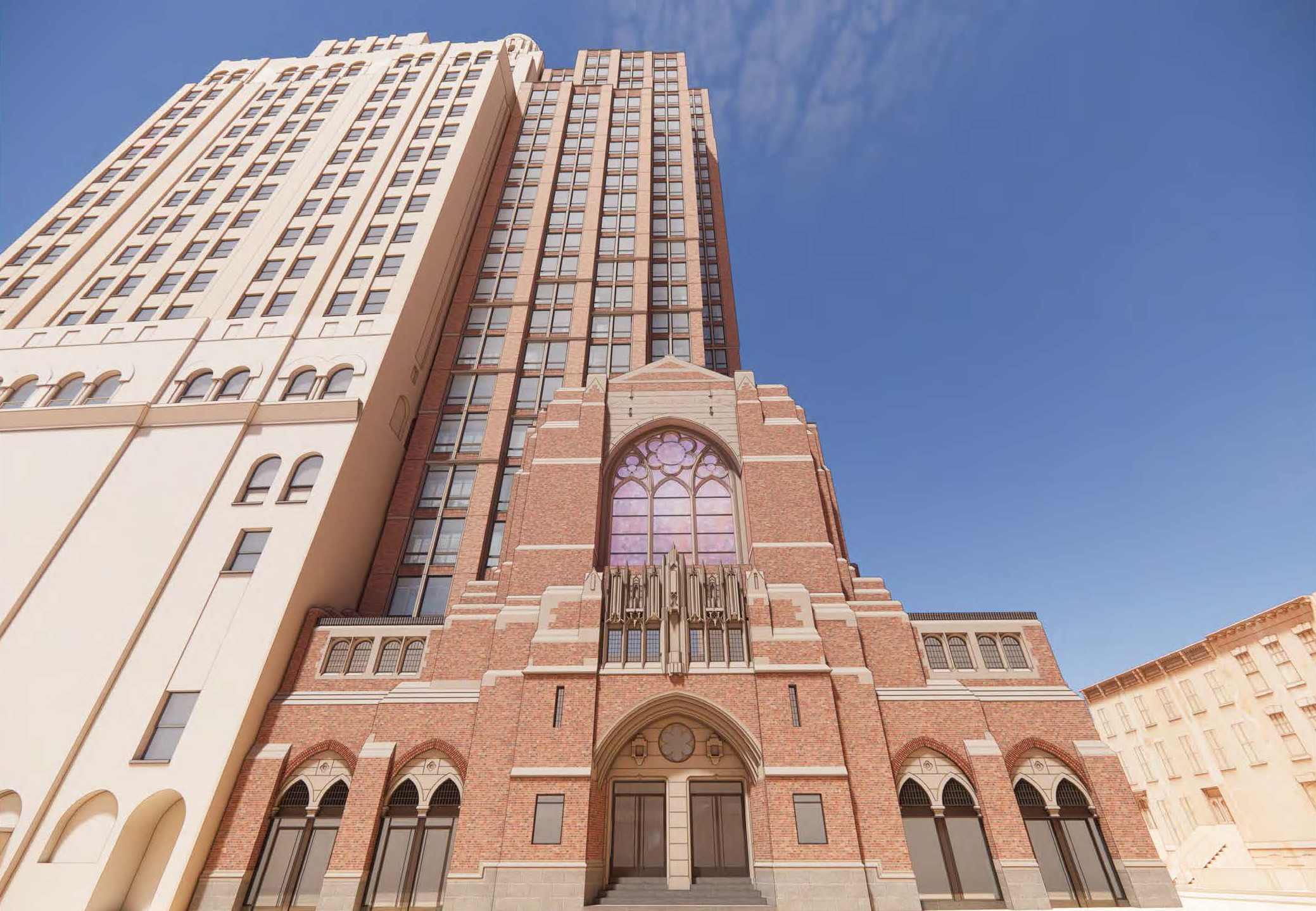The Battle for Red Hook's Future
The fight for Red Hook’s future is on: Will it remain an industrial center, as it has been for recent decades, or will it follow the trend of other Brooklyn hotbeds like Williamsburg and become a more residential community? According to the Times, this struggle is personified by two local figures, Greg O’Connell and John…


 The fight for Red Hook’s future is on: Will it remain an industrial center, as it has been for recent decades, or will it follow the trend of other Brooklyn hotbeds like Williamsburg and become a more residential community? According to the Times, this struggle is personified by two local figures, Greg O’Connell and John McGettrick. O’Connell, a big property owner and former cop, favors expanding blue-collar business; McGettrick, a private investigator whose father slung cargo on the docks, is pro housing. Even Dan Doctoroff describes Red Hook as the city’s “single most complex land-use issue.” The struggle is particularly evident in the fight over 160 Imlay Street, which has been mired in legal battles over plans to convert it into condominiums. Personally, we like the idea of organic, mixed-use growth that preserves the historic character of the neighborhood. No new high-rises please!
The fight for Red Hook’s future is on: Will it remain an industrial center, as it has been for recent decades, or will it follow the trend of other Brooklyn hotbeds like Williamsburg and become a more residential community? According to the Times, this struggle is personified by two local figures, Greg O’Connell and John McGettrick. O’Connell, a big property owner and former cop, favors expanding blue-collar business; McGettrick, a private investigator whose father slung cargo on the docks, is pro housing. Even Dan Doctoroff describes Red Hook as the city’s “single most complex land-use issue.” The struggle is particularly evident in the fight over 160 Imlay Street, which has been mired in legal battles over plans to convert it into condominiums. Personally, we like the idea of organic, mixed-use growth that preserves the historic character of the neighborhood. No new high-rises please!
For WHom Will the Foghorn Blow? [NY Times]
Photo: 160 Imlay [Cornershots]





How much of R H is in the flood plane?
7:48 PM
Right on! Out of population of 18,000 people, there are maybe 500-600 working artists. It’s a total myth that artists have transformed the neighborhood. Lower crime rates and stopping the proposed waste transfer station has had a much larger impact in terms of improving Red Hook. When banks stopped the policy of redlining Red Hook in 1999 was also a watershed event.
I’ve lived in Red Hook for a few years and have never seen a rat. But I’ve seen them in Park Slope and I’ve seen them in Fort Green. I think they follow the wealth. You know…the good eatin’.
I hear that there are a lot of roaches in Fort Green and Clinton Hill. That scares me.
I do not get the argument that artists — or whoever else — deserve compensation (in the form of cheap housing) for improving a rundown neighborhood. They already got their compensation, in the form of cheap rent. (Or, for those of them prescient and lucky enough to buy, insanely cheap purchase prices.) Anyone who moves in after the artists improve it pays a stiff penalty, in the form of expensive rent or property values.
gay people and artists RULE! they’re the ones who pave the way throughout and the fact is things change and that’s okay. if peopl get priced out they move after they’ve sold a falling apart b’stone for millions. the renters move to another place where rents are cheap…
p.s. artists took over SoHo, and other areas, before and during the fiscal crisis.
Why screw the artists? You can’t tell me some hyper anxious yuppie would have moved to Williamsburg, Fort Greene, or the East Village back in the day without the wave of artists, musicians, and their ilk paving the way. Where do you think the allure of Williamsburg–all those “interesting” businesses, restaurants, and clubs, for example–came from? Let’s be real, if there were no artist vanguard in the city it would look exactly the same as it did during the fiscal crisis. SoHo after all was called Hell’s Hundred Acres before artists took up residence in there.
A lack of public transportation should not be an issue. Newcomers will be yuppies and nowadays all yuppies own cars. I agree about the artists, though: screw ’em! The way they talk, you’d think that vast parts of Brooklyn were shrub brush before they arrived with their paintbrushes and easels.